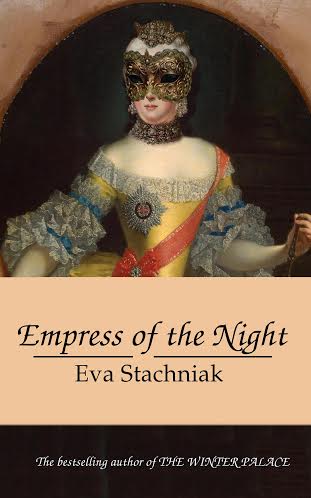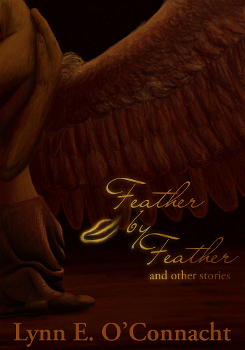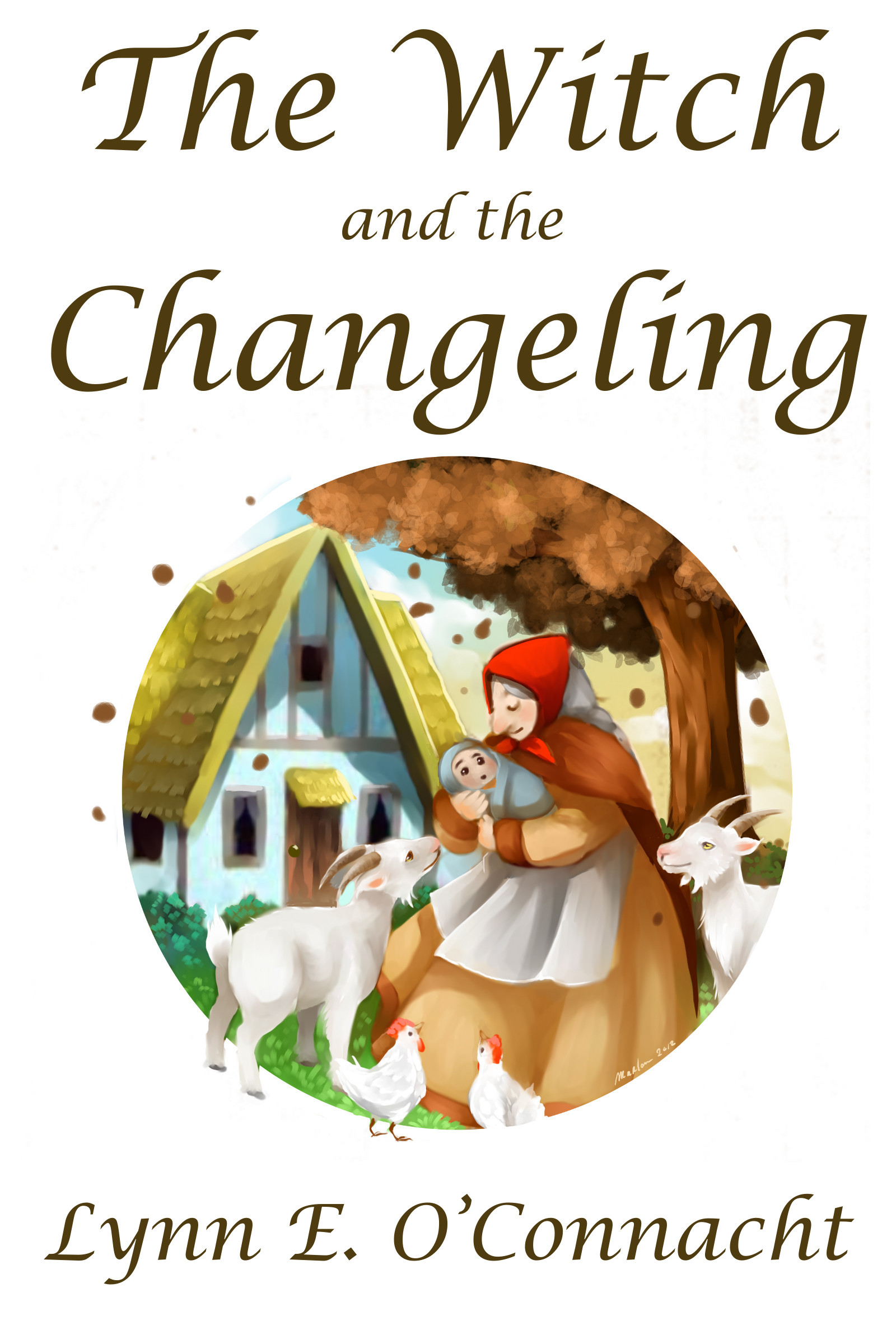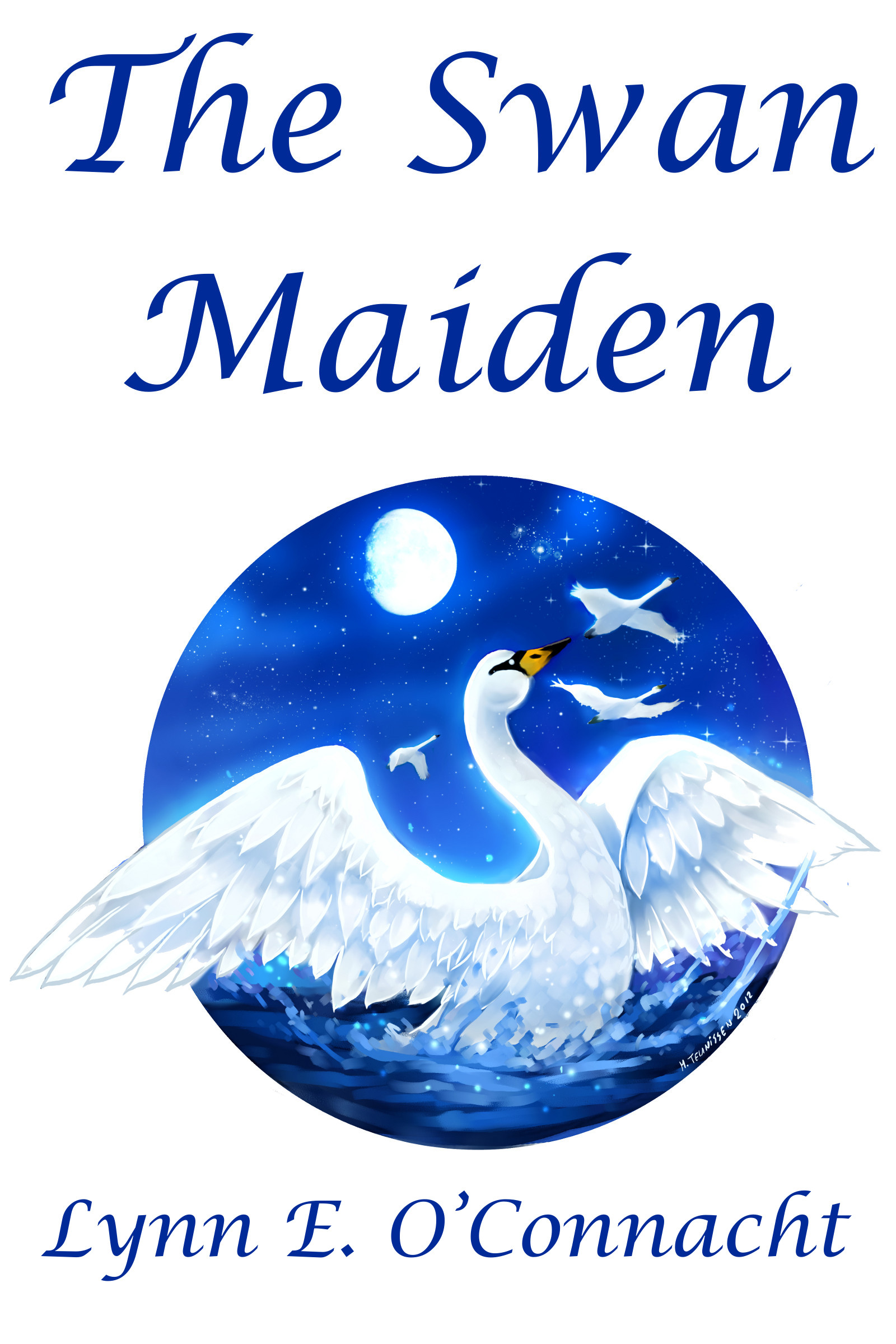People who already know my blog will know I’ve been excited about this book for a while, because I was involved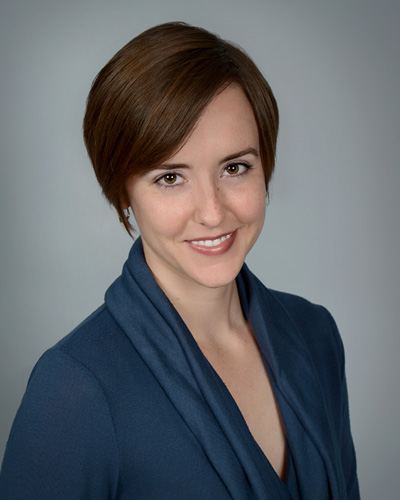 (very tangentially) in acquiring it at Angry Robot (read all about it!). I’m amazed by how fast the actual release has come around: it doesn’t seem like that long since I met the team. Anyway, when the blog tour for The Buried Life was announced, of course I asked for a slot — I’ve championed the book since the start! (My review will arrive shortly. I intended it to be ready by yesterday, and then I somehow missed that it is now July. To prove that, I just typed “June”, the first time.)
(very tangentially) in acquiring it at Angry Robot (read all about it!). I’m amazed by how fast the actual release has come around: it doesn’t seem like that long since I met the team. Anyway, when the blog tour for The Buried Life was announced, of course I asked for a slot — I’ve championed the book since the start! (My review will arrive shortly. I intended it to be ready by yesterday, and then I somehow missed that it is now July. To prove that, I just typed “June”, the first time.)
So here’s Carrie Patel, graciously answering my chatty nosy questions!
Hi Carrie, it’s great to have you touring on my blog. I voted for The Buried Life in the acquisitions meeting I attended back in October, so it’s exciting to see it all ready to hit the shelves. It feels like it’s been no time at all, to me, but how’s it been for you?
Did you have to spend much time editing and tweaking it? Does it feel real yet?
Hi Nikki! Thanks so much for hosting me! The last several months have been busy and exciting—between getting ready for this release and working on the next book, the time has definitely flown. Fortunately, The Buried Life didn’t require too many edits, so I’ve been able to focus on writing the sequel. It’s still pretty surreal, though—I attended my first convention as a speaker last weekend, and sitting on the other side of the table felt unreal!
After my visit to Angry Robot, people were very keen to know things like how much input authors have into the cover designs of their books. I don’t actually know the answers, so what’s that whole process been like for you? Did you make any suggestions, or did it just appear like magic?
It’s funny that you ask, because it seems that the question of cover design comes up a lot. At the start of the process, Angry Robot asked me for any particular styles, images,
and comparable book covers that would fit with the story and the atmosphere of The Buried Life. As I understand it, that’s unusually collaborative—many authors don’t get any input on cover design.
So, I sent Angry Robot a hodgepodge of images and reference covers that seemed to evoke a certain tone. My main request was not to feature the main characters on the cover. I don’t have an incredibly specific sense of visual aesthetics—I was more looking for something that hit the right mood or conveyed a certain atmosphere—but John Coulthart’s cover art was exactly what I was hoping for.
I know this is your first (published?) novel, so I just wondered how long that process has been for you. Were you always gonna write, or did The Buried Life knock on your door and take you by surprise? How many hoops have you had to jump through?
I always wanted to write a novel, but The Buried Life took me by surprise. I’d played around with a few concepts before, but none of them had really stuck. Writing The Buried Life began as a kind of progressive experiment—the first draft was a challenge to see if I could finish a book, and each new revision was a test to see if I could fix it up for publication.
The revisions were probably the most important part of the process, and I learned a lot from having to analyse and edit my work like that. All in all, the process took a few years, but a lot of that was just time between revisions, which allowed me to come back to my drafts with fresh eyes and a new perspective. I wouldn’t want to take that long on future books, but the first time around, it was certainly useful.
Is there a character in it who you’d like to be more like? Or maybe even less like?
My husband (rightly) accuses me of being a little too type-A, which is a very “Malone” quality. I’m goal-oriented by nature, so I can sometimes lose sight of other things when I zero in on a goal. I’d love to be more like Sundar! He’s driven but kind, and he maintains a sense of humour in the face of adversity. He’s perceptive about people because he’s genuinely interested in them.
When I’m writing, I know that things sometimes come together in ways I wasn’t expecting. Did you have anything like that? What surprised you most while you were working on it?
The manner in which Jane’s and Malone’s stories came together and commented on one another surprised me. I always wanted to write them both as protagonists and perspective characters, but I don’t think I realized until I was well into the process how different the two characters really were and how much that affected their respective conclusions at the end of the story. I love perspective and the idea that two people recounting the same set of events can tell completely different stories, and that came through for these two characters in a surprising way.
What’s the most difficult part of writing, for you? Is it something in the process of writing (getting started, editing, letting other people see it) or is it on a narrative level (being mean to your characters, not letting them run away with the plot…)?
Getting a good plot foundation can be difficult, and yet I often have a hard time pushing forward with a book like The Buried Life (or its in-progress sequel) until I have that. I take lots of notes and make spreadsheets of characters, motivations, events, and themes, but there comes a point at which I’ve written just about all I can about the story without actually having written it. Figuring out what’s missing and how to plug a gap in the plot, or give a character a more solid motivation, can be difficult.
What media has influenced you in your writing? From just making you want to write to something that sparked some of the themes and ideas in The Buried Life — I’m interested in any kind of influence, and obviously I know you’re a narrative designer, so it certainly doesn’t have to be books.
Books were the biggest (and first) influence for me. When I was in school, I couldn’t go anywhere without one. I’d read on the school bus, in the car, and at restaurants if my parents let me get away with it. I did get in trouble (at least once) for reading under my desk during class. While I’ve enjoyed stories in many media, novels have been the most significant influence, and certainly the one that pushed me to write The Buried Life. There’s something uniquely personal about novels and the experience of reading them.
I don’t know how many people read the acknowledgements pages of novels, but I always like to. So who’s behind you, behind The Buried Life, who have you really got to thank for getting this far?
My husband, Hiren Patel, has been immensely supportive of my writing. His encouragement, and his focus in his own work, has pushed me to keep improving mine. Also, I might never have finished the first draft without Josh Sabio and Will Moser, two friends of mine who read it in college as I was working on it. Knowing that someone was waiting to read my draft was a huge motivation.
When I got more serious about revisions, my critique partners, Jacqui Talbot, Michael Robertson, and Bill Stiteler, were great about offering the feedback I needed to get The Buried Life the rest of the way there. I’d thank my agent, Jennie Goloboy, and the Angry Robot team, including Lee Harris, Mike Underwood, Marc Gascoigne, and Caroline Lambe, for taking a chance on a debut.
Finally, I thank my family—my parents, Richard and Jackie, and my sisters, Julie and Sydney—for their love and support.
Six word blurb of The Buried Life for newbies. Go!
Sinister conspiracy in an underground city.
Thank you for answering my questions, and I hope you have a whale of a time promoting The Buried Life. Congratulations!
Thank you so much! It’s been a delight to have you along from the beginning of this crazy ride!
So, everyone: don’t forget that The Buried Life is coming out in August. Preorders are a great push for any book, and you might want to consider doing that through an indie bookstore. Once it’s out, it’ll be available DRM free through Angry Robot, but also on major ebook sites for convenience.
One of the great things about Angry Robot (and Strange Chemistry and Exhibit A, when we still had them) is their willingness to take on debut authors. Let’s give them no cause to regret it!
In the meantime, I have my own copy already, so here’s another giveaway — comment here with a link to somewhere you’ve promoted this blog post (twitter, your own blog, facebook, tumblr, any mention counts) and you get an entry. On the day the book is released, I’ll draw a winner and buy them a copy via The Book Depository (or a retailer of your choosing that can take my order and deliver it to you). If there’s significant interest, I’ll pick two winners, so you increase your chances by spreading this to a wider pool of people.



